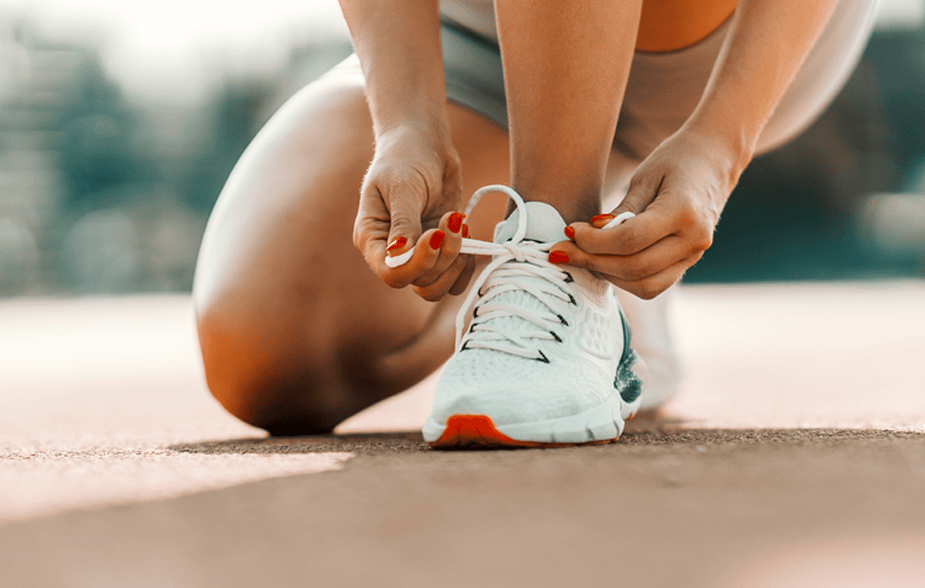Sandals are a popular form of footwear, especially in summer. Sandals offer excellent breathability, which is beneficial for preventing conditions such as athlete’s foot. The open design of sandals also allows for better air circulation, reducing foot odor and promoting hygiene.
Further, sandals are generally easier to put on and take off than closed shoes, making them convenient for quick trips outside or for people with mobility issues. Sandals come in various styles that may fit casual and formal settings.
Downsides of Wearing Sandals
Despite their benefits, wearing sandals can also pose certain risks. One of the main downsides is the need for more support and protection.
Many sandals, especially flat ones, need to offer adequate arch support. The lack of support sometimes causes foot pain or exacerbates conditions like plantar fasciitis. Moreover, the open design exposes feet to potential injuries such as cuts, scrapes, or bruises.
Another risk is the potential for improper fit, leading to blisters and calluses. Wearing sandals that lack proper cushioning can cause long-term issues such as joint pain and back problems due to improper alignment and shock absorption.
Alternatives to Sandals in Summer

There are several alternatives for those who prefer not to wear sandals but still want breathable and comfortable footwear for summer.
Athletic shoes made from lightweight, breathable materials can provide better support and protection while allowing ventilation. Mesh sneakers, for example, are designed to be airy and comfortable during hot weather.
Another option is espadrilles, which are typically made from natural materials like cotton or canvas and offer a balance between breathability and protection.
Loafers and slip-ons made from perforated or moisture-wicking materials are also excellent choices, providing a casual yet supportive alternative to sandals.
Recommended Types of Sandals for Foot Health
When choosing sandals, it is essential to look for designs that offer good support and comfort. Orthopedic sandals, which often feature contoured footbeds, arch support, and cushioning, are an excellent choice for maintaining foot health.
Brands like Birkenstock and Vionic are known for their supportive designs that can help prevent foot pain.
For those who prefer a more fashionable option, consider sandals with adjustable straps, as they can provide a better fit and reduce the risk of blisters and other foot issues.
Look for sandals with a slight heel or wedge, as these can offer better arch support than completely flat styles. Additionally, sandals with shock-absorbing soles can help reduce the impact on your joints, making them a healthier choice for prolonged wear.
Sandals can be a convenient choice of footwear, especially in the summer. However, it’s important to be aware of the potential risks and to choose designs that offer proper support. By selecting the right sandals, you can experience their benefits without compromising foot health. ♦
Podiatrist newsletter article provided by LRW Media. Images provided by Wix Media and Unsplash/Mike Von.
